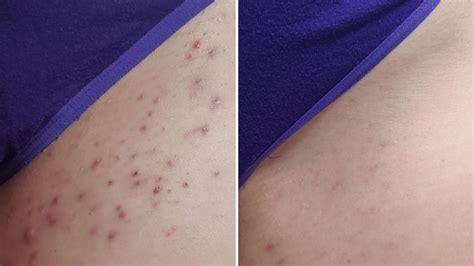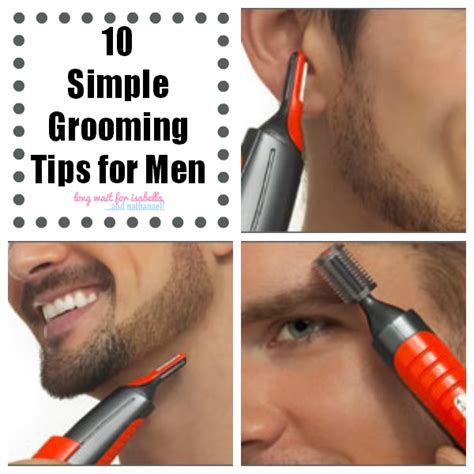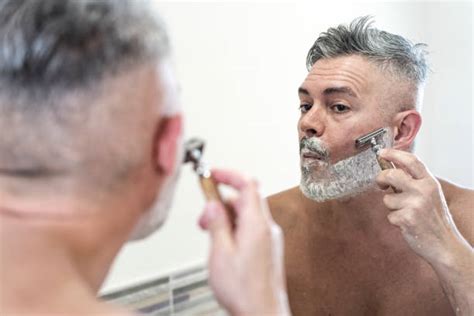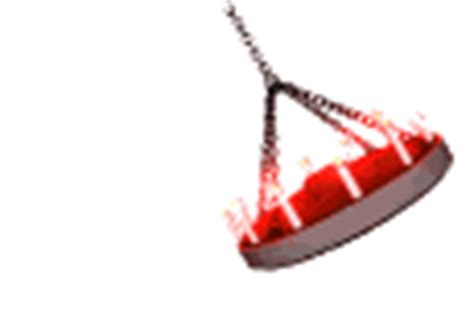Best prep & post-shave routine to eliminate razor burn & ingrown hairs?

Achieving the Perfect Shave: No More Razor Burn or Ingrown Hairs
For many, shaving is a daily ritual that can often lead to frustrating outcomes like painful razor burn, unsightly red bumps, and stubborn ingrown hairs. These common skin irritations aren’t inevitable, however. By adopting a meticulous prep and post-shave routine, you can transform your shaving experience into one that leaves your skin smooth, healthy, and completely irritation-free. It’s all about understanding your skin and hair, and giving them the care they deserve before and after the blade touches your face.
Understanding the Enemy: Razor Burn & Ingrown Hairs
Before diving into solutions, it’s helpful to understand what causes these pesky issues. Razor burn is acute irritation caused by shaving, often a result of using a dull blade, shaving against the grain, or applying too much pressure. It manifests as redness, stinging, and sometimes small bumps immediately after shaving.
Ingrown hairs, on the other hand, occur when a shaved hair curls back into the skin and grows inwards, leading to inflammation, red bumps, and sometimes painful pustules. This is particularly common in individuals with curly or coarse hair, and often exacerbated by improper shaving techniques or clogged pores.

The Ultimate Pre-Shave Ritual: Prepare for Perfection
The secret to a great shave begins long before the razor even touches your skin. Proper preparation softens your hair, opens your pores, and creates a protective barrier, reducing friction and minimizing irritation.
- 1. Hot Shower or Warm Compress: Start by shaving after a hot shower, or by applying a warm, damp towel to your face for a few minutes. The steam and warmth soften your facial hair, making it easier to cut, and open up your pores, allowing for a closer shave with less tugging.
- 2. Exfoliate Gently: Use a mild facial scrub or an exfoliating brush to gently remove dead skin cells. This step is crucial for preventing ingrown hairs, as it clears the path for hair to grow outwards rather than trapping it under the skin. Do this 2-3 times a week, not every day you shave.
- 3. Apply Pre-Shave Oil: A good pre-shave oil adds an extra layer of lubrication between your skin and the razor. It helps the blade glide more smoothly, reduces friction, and provides an additional barrier against nicks and cuts. Massage a few drops into your beard area, allowing it to absorb for a minute or two.
- 4. Lather Up with Quality Shave Cream/Gel: Use a rich, moisturizing shave cream or gel that produces a thick, creamy lather. Apply it generously to ensure your hairs are fully lifted and coated, further softening them and protecting your skin. Avoid aerosol foams with harsh chemicals that can dry out your skin.

Mastering the Shave (Briefly)
While the focus here is on prep and post-shave, a brief mention of proper shaving technique is vital. Always use a sharp, clean razor. Shave with the grain (in the direction your hair grows) first to minimize irritation, and only go against the grain on subsequent passes if absolutely necessary for closeness. Use light, short strokes and rinse your razor frequently.
The Essential Post-Shave Care: Soothe & Protect
What you do immediately after shaving is just as important as your prep. These steps help to close pores, soothe irritation, and prevent future problems.
- 1. Rinse with Cold Water: As soon as you finish shaving, rinse your face thoroughly with cold water. This helps to close your pores, calm any residual irritation, and remove any remaining shave cream or stray hairs.
- 2. Pat Dry, Don’t Rub: Gently pat your face dry with a clean, soft towel. Rubbing can irritate freshly shaved skin and undo the soothing effects of the cold rinse.
- 3. Apply a Soothing Aftershave Balm/Moisturizer: Skip alcohol-based aftershaves, which can dry out and irritate your skin. Instead, opt for an alcohol-free aftershave balm or a gentle moisturizer with soothing ingredients like aloe vera, witch hazel, or chamomile. This hydrates your skin and reduces redness.
- 4. Targeted Ingrown Hair Treatment (If Needed): If you are prone to ingrown hairs, consider applying a specific ingrown hair treatment containing ingredients like salicylic acid or glycolic acid. These help to exfoliate the skin and free trapped hairs, preventing bumps and inflammation. Apply sparingly and follow product instructions.

Ongoing Maintenance & Best Practices
A great shave isn’t just about one routine; it’s about consistent care. Regularly exfoliate (2-3 times a week, even on non-shaving days) to keep pores clear. Always use a clean, sharp blade and replace it frequently – a dull blade is the number one culprit for razor burn. Keep your skin hydrated daily, not just after shaving.
If you find that despite these efforts, razor burn and ingrown hairs persist, consider experimenting with different shaving tools. A safety razor or electric shaver might offer a gentler alternative for your skin type compared to multi-blade cartridges.

Your Path to a Smooth, Irritation-Free Face
Eliminating razor burn and ingrown hairs isn’t a quick fix; it’s a commitment to a better grooming routine. By dedicating time to proper pre-shave preparation, mastering your shaving technique, and providing meticulous post-shave care, you’ll not only achieve a consistently smooth shave but also significantly improve the overall health and appearance of your skin. Embrace these steps, and say goodbye to shaving woes for good.










